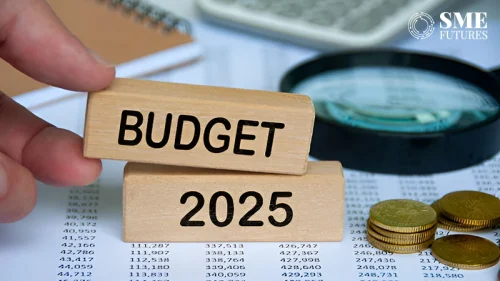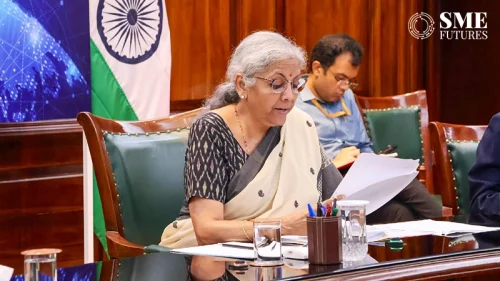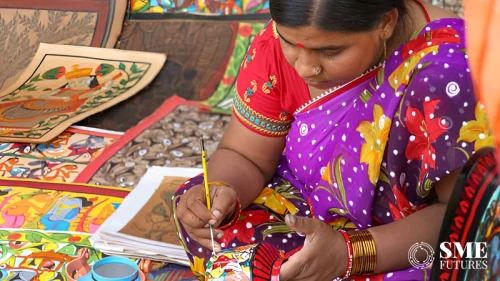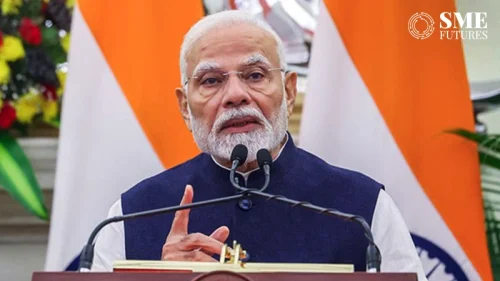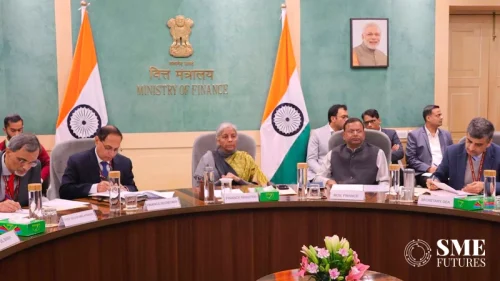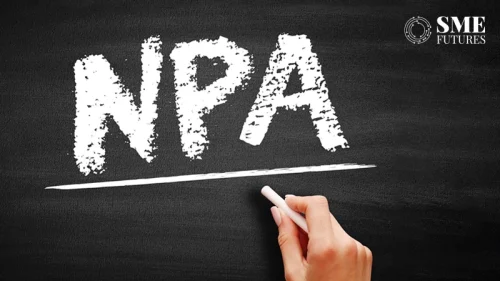The country’s hotel industry is expected to return to the pre-COVID level in the current fiscal itself on the back of a significant improvement in demand, according to a report.
Rating agency Icra’s Assistant Vice President and Sector Head Vinutaa S said that demand in the near term is expected to stem largely from domestic leisure travel, although there will be a gradual recovery in business travel and free trade agreements (FTAs).
According to its report, the hotel industry is expected to clock 60 per cent of pre-COVID revenues in FY22, despite almost four months of impact because of COVID 2.0 and COVID 3.0.
“Further, the industry is also likely to report operating profits in FY22 aided by improved operating leverage and sustenance of some of the cost-optimisation measures undertaken in FY21,” Vinutaa said.
In spite of the potential impact on demand with further COVID waves, if any, she said that Icra expects the industry to return to pre-COVID levels in FY23, as against FY24 earlier.
“Hotels are likely to report pre-COVID margins at 85-90 per cent of revenues going forward. Accordingly, we have revised our outlook on the Indian hotel industry to stable from negative in March 2022, following the swift demand recovery. About 49 per cent of Icra’s ratings are on stable outlook currently,” she said.
Leisure markets continued to report strong occupancy in the second half of FY22, Icra said in the report.
Goa’s occupancy has been better than pre-COVID levels since September 2021 while gateway cities like Mumbai and the NCR region have also witnessed healthy improvement in occupancy. Bengaluru and Pune were laggards because of muted business travel, it stated.
However, Icra expects a sequential improvement in occupancy in these markets over the next few months and the recovery has largely been occupancy driven, with average room rates lagging in most markets.
“Easing restrictions, the high pace of vaccination and pent-up demand resulted in recovery in leisure travel within the country in the second and third quarter of FY22. Domestic business travel also started picking up, mainly to project sites and manufacturing locations from specific sectors, in the third quarter of FY22,” Vinutaa said.
ICRA’s sample of 11 large listed entities reported 50 per cent growth in revenues on a quarter-on-quarter basis in the third quarter of FY22, better than its estimates. Owing to improved operating leverage and sustenance of some of the cost-saving initiatives, the operating margins also jumped closer to pre-COVID levels, it said.
“Despite the Omicron impact, we expect the fourth quarter of FY22 revenues and margins to be better than the second quarter of FY22. The staff-to-room ratio continues to remain significantly lower than pre-COVID levels, aided by redeployment of staff, reskilling employees and centralisation of business functions,” Vinutaa said.
While the fourth quarter of FY22 interest coverage is likely to witness some sequential moderation because of the Omicron wave, it is still expected to be better on a year-on-year basis, she added.
Compared to the previous downcycle in FY09, which saw untimely supply increases of over 15 per cent of the inventory at the bottom of the cycle in FY09-FY13, the current pipeline inventory is about 3-4 per cent for the period FY22-FY25.
This will facilitate an upcycle, as demand improves over the medium term, and supply lags demand.
The financial loss from COVID and the preference for larger brands will result in some consolidation in the industry, the report added.



